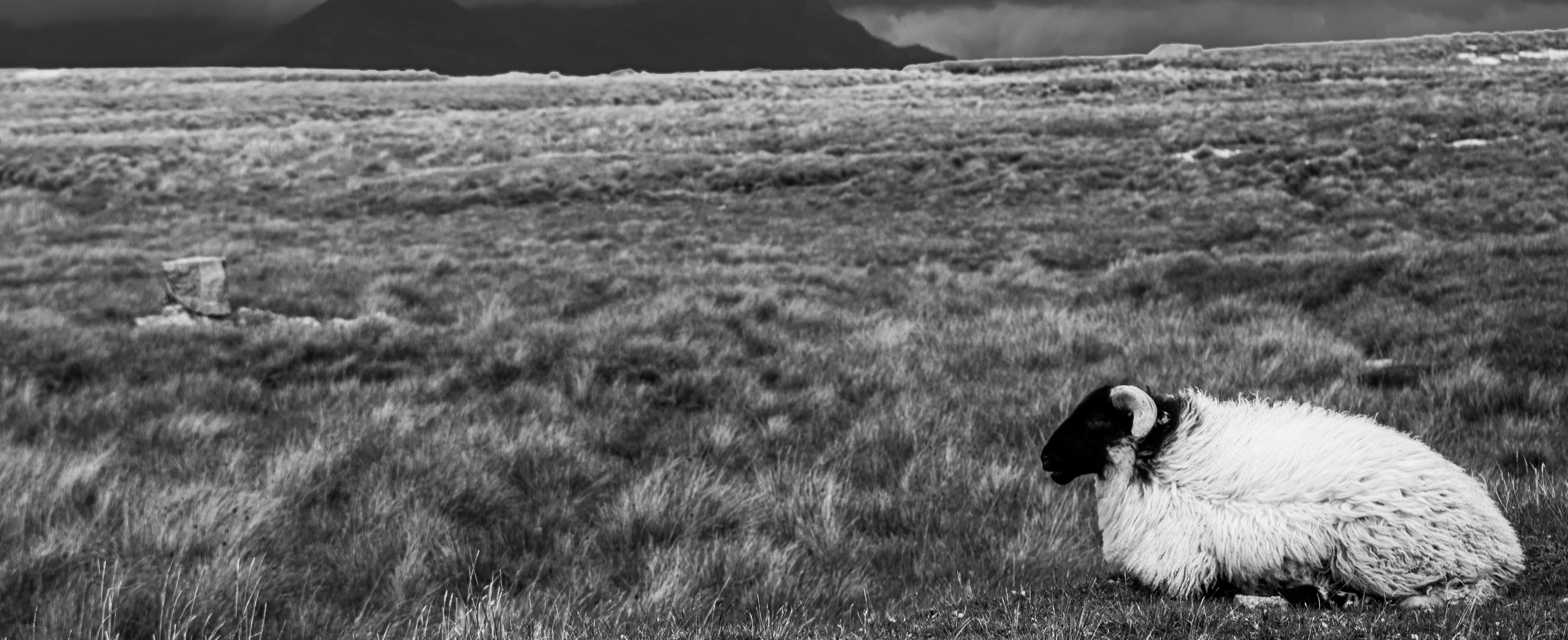Abstract
My paper explores links between the human and animal candidates for resurrection and deextinction and focuses on the aspect of nationalist agenda in application to both species. I explore the intersection between the scientific and symbolic agendas in the resurrection and de-extinction discourse. I interpret the ideological underpinnings of the current developments in the woolly mammoth de-extinction in the Russian Federation in parallel to the theme of resurrection of historically-important personalities in contemporary Russian fiction of magical historicist bent. My particular focus is on the role of Neo- Eurasianist thinking in the choice of the candidates for resurrection and de-extinction, both animal and human. My conclusions are that both animal de-extinction and human resurrection futurity share a proleptic vision of ecological and geopolitical scenarios and that both create taxonomies and hierarchies privileging one kind of species over the other. Due to the constructed exclusivity of selected candidates among species and human groupings this futurity is both informed by and makes a contribution to the quasi-racialist discourse. De-extinction plays into political ideas about race, identity, nationality in a way that might not be suspected. While on the surface the mammoth de-extinction drive appears to be part of the process to restore the ecosystem for the holistic benefit of fauna, flora and humans, the Neo-Eurasianist context gives the project a distinct symbolic meaning. The new mammoth hybrid becomes correlated to the construct of complementary-hybridised Eurasian ethnicities of Siberia.
Keywords: nationalism, race, geopolitics, mammoth de-extinction
How to Cite:
Mondry, H., (2017) “Selecting Candidates for De-extinction and Resurrection: Mammoths, Lenin’s Tomb and Neo-Eurasianism”, Animal Studies Journal 6(1), 12-39.
Downloads:
Download PDF
342 Views
1069 Downloads

